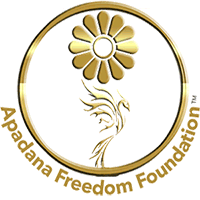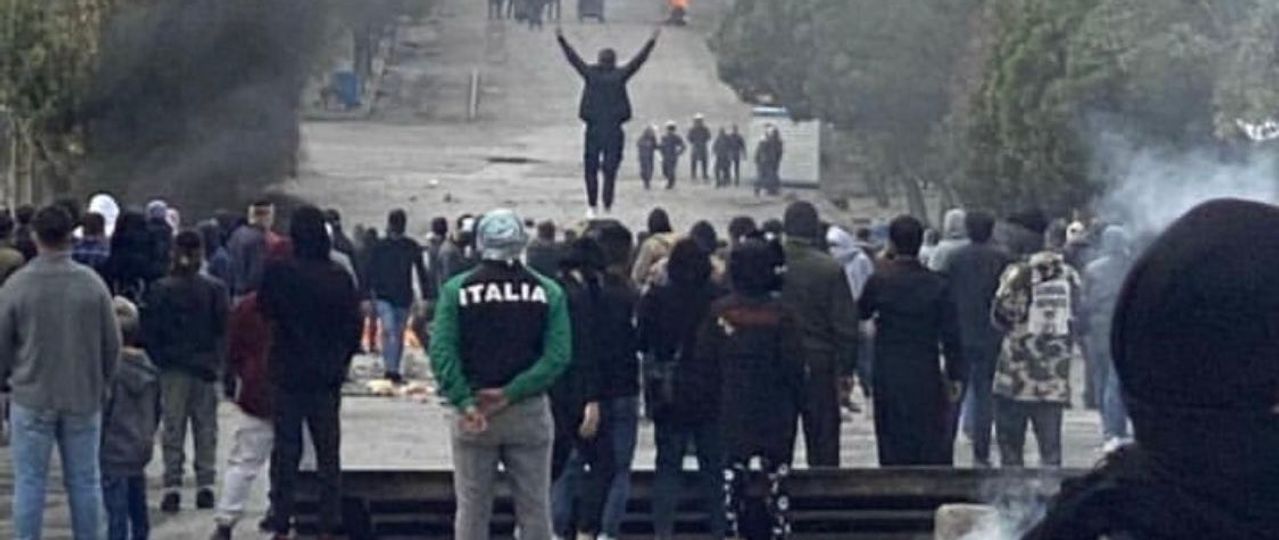Official data show a surge of about 5,000 deaths in the Iranian month of Aban, which corresponds with days the regime intensified its crackdown on nationwide protests.
Iranian Journalist Amir-Hadi Anvari cited the data released by Iran’s National Organization for Civil Registration that shows the number of deaths registered in the country from October 23 to November 21 was around 5,000 more than in the previous month.
This can be an indication that security forces killed many more people than what human rights groups estimated, that total 500 civilian casualties in four months. Moreover the October-November period was when the regime used more deadly violence against protesters, compared with the previous month of Mehr and the following month of Azar.
According to official numbers in the civil registry, the total number of deaths recorded in the month of Aban that ended at the peak of the ongoing protests in the country was 37,488, while this number was 32,455 in the previous Iranian month and 35,564 in the month before.
In 2021, the month of Aban had fewer deaths than the preceding 30-day period, which makes the jump in 2022 more strange.
The number of deaths categorized by provinces indicates that the two provinces of Sistan-Baluchistan and Kordestan had the highest increase in the number of deaths in the mentioned timespan. The regime has confirmed that the Revolutionary Guard’s Ground Forces have been deployed to Kurdish areas to crack down on protesters, and numbers published by human rights organization also show that the highest number of protesters killed were in these two regions.
The crackdown in the Sunni majority province of Sistan-Baluchestan was especially harsh during the month of Aban. The crackdown on protesters in Zahedan, the provincial capital of Sistan-Baluchestan, known as Bloody Friday, occurred September 30, when security forces killed more than 80 people, including women and children. Sistan-Baluchestan is the country’s second largest but least developed province, and the Baluch Sunni minority is among the most persecuted in Iran.
The current wave of antigovernment protests started across the country in mid-September, following the death in custody of 22-year-old Mahsa Amini, and the regime’s crackdown got deadlier as the rallies continued.
The US-based Human Rights Activists News Agency (HRANA), one of the groups that monitors and publishes daily statistics about the protests, said Tuesday that 525 protesters have been killed from September 17 to January 23, including 71 children. The number of the arrested protesters is nearly 20,000 while the regime has so far executed four people and dozens are sentenced to ‘moharebeh’ — meaning “fighting God” in the lexicon of the Iranian regime — and ‘corruption on earth’ that carry the death penalty. The Islamic Republic applies the charge based on vague Islamic-Arabic terms to people who might get into a confrontation with security forces during protests.
Many people have speculated that the number of the deaths in the crackdown is way higher, but the families of the victims are threatened not to talk to the media and bury their loved ones without large funeral services or mourning ceremonies.
Although there is no possibility at this point to scientifically study the trend in the number of deaths and address all possible explanations, the 5,000 jump in one month is a cause of concern that needs further in-depth analysis.

Protests in Iran in 2019
In November 2019, a series of protests in Iran, sometimes known as Bloody November, took place throughout the country. Initially triggered by a 50 to 200-percent increase in fuel prices, the demonstrations quickly turned into calls for the overthrow of the government and Supreme Leader Ali Khamenei. According to a report by a rights group, at least 3,000 protesters were killed by the Islamic Republic security forces from November 15 to 17, and nearly 20,000 arrested. Reuters at the time reported 1,500 deaths, while the official figure announced by the regime is about 300.
In March 2022, the annual number of deaths in Iran since Covid-19 began was also reported to be 300,000 higher than previous years. The official figure that the Islamic Republic has reported is 145,000 deaths from Covid since the beginning of the pandemic, the Middle East’s highest official level – leaving 160,000 more deaths unexplained.
The data from Iran’s national organization for civil registration had put the average number of deaths at 370,000 per year for four years up to March 20, 2020, when the pandemic began. In the first year (ending March 20, 2021) deaths rose to 510,000 and in the second year to 530,000.









